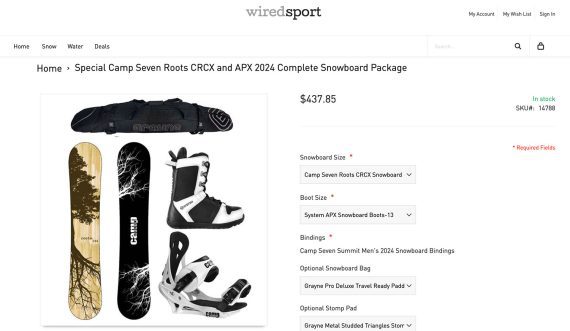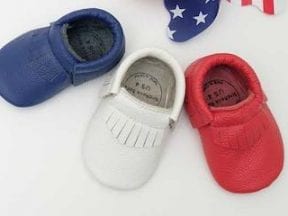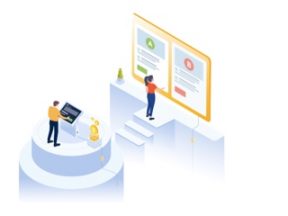Grouping products in bundles can boost average order values and even conversions. The challenge is knowing which bundles perform the best.
Rather than guess, marketers can build a framework to:
- Measure bundle performance in terms of AOV and conversion rate,
- Identify high-performing bundles,
- Predict bundle outcomes.
Product Bundle Basics
An ecommerce bundle or kit is a group of products sold for a single price. Bundling is a marketing technique since the price of the group is generally lower than the sum of individual items.
Beyond improved AOV, bundling can spur slow-moving products and simplify purchasing.
Product bundles typically fall into several patterns.
- Quantity bundles, wherein buying three of the same item is less expensive than separate purchases. Examples are a five-pack of razors and a six-pack of Coke. Quantity bundles are sometimes “restricted,” meaning the item is available only in a group.
- Mixed-item bundles feature related items around a theme. Gift baskets, for example, are often mixed-item bundles.
- Sample bundles combine groups of the same product type, but in distinct flavors, scents, or similar. A beard oil kit containing spruce, pine, and lavender scents is an example.
- Category bundles let shoppers select products from a given category at a set price. Imagine three blouses for $99, for example.
Test Bundles
The first step in measuring performance is to assemble and sell the bundles within a testing framework. Use Optimizely, VWO, or built-in A/B testing tools in some ecommerce platforms.
Design these experiments to include:
- Randomization to ensure shoppers are exposed to bundles in no particular order or method. Consider testing bundle configuration, type, or pricing.
- Control groups for a set of customers who don’t see any bundles to help measure their effect.
- Timeframe. A period long enough to obtain a statistically significant number of conversions but short enough to iterate and learn quickly.
Collect Data
Next, track performance, ensuring the tested bundles have unique SKUs or IDs. Monitor:
- Bundle(s) observed,
- Bundle(s) added to cart,
- Bundle(s) purchased,
- Total order value,
- Total items in the order.
The data may come from the A/B testing software, analytics, product experience tools such as Hotjar or Qualaroo, an ecommerce platform, or a combination.
Analyze Results
Analyze the data at the end of each test period, examining performance metrics.
- Conversion rate. The number of times a product bundle was purchased divided by the number of times shown.
- Average order value for transactions containing the bundle.
- Bundle effectiveness score. A combined metric to track, say, volume and revenue — for example, the conversion rate times the AOV.
- Bundle comparisons. How the variations performed relative to each other.
- Bundle profit versus control groups to learn if the bundles increase sales of individual items.
- Customer segments to understand how particular bundles appeal to a given customer group.
- Seasonality to consider the impact of seasons on bundle performance. For example, do snowboard bundles sell better in the autumn, winter, or spring?
- Inventory levels. The effect of bundles on purchasing or warehousing.
- Reorder rate. How bundles impacted repeat sales.
Double Down
Take what’s learned in initial product bundle tests to inform new approaches, optimizing for profit, sales, or AOV. This could include adjusting composition — changing the items in the group — or changing the prices.
Then elevate winning bundles by investing in advertising to drive traffic. A product bundle that is profitable and increases overall AOV or customer loyalty is likely more than worth the investment.





